Webinar
Balancing the Transactional and Relational in a Data-Driven World
Balancing the Transactional and Relational in a Data-Driven World
We live in a data-driven world. Our companies have responded by allocating substantial resources to capture and leverage data, insights, intelligence, and knowledge. This transactional data pours in from numerous sources: customers, financial records, documents, social media, websites, and much more. But numbers are meaningless without context. Join us as we explore how strong partner relationships and the human touch help find and translate the numbers that animate our world.
Takeaways:
- Recognize the importance of balancing data and strong partner relationships
- Help quantify the value of human-oriented interactions
- Know how to “play the long game” of relational intelligence in a transactional world
Form Anchor link
Jeremy Ballew
American Airlines
Andy Krebs
Twilio
Jon Fortney
Gibson Dunn
Joey Seeber
Level Legal


